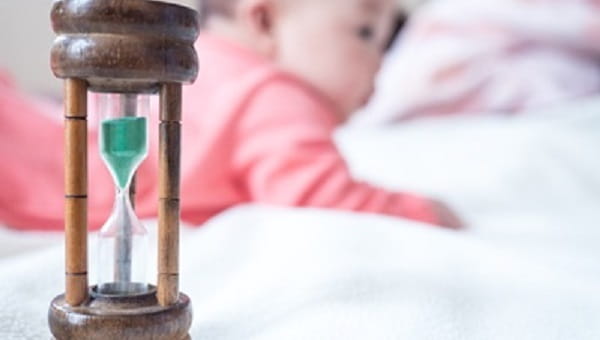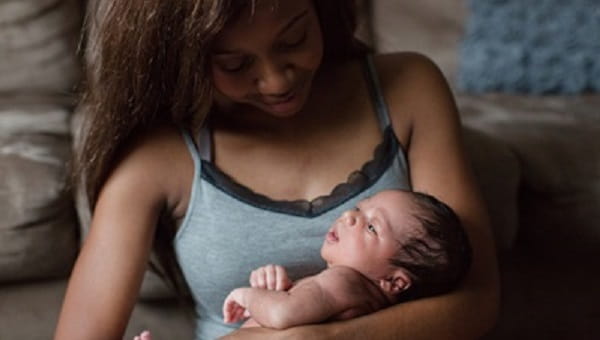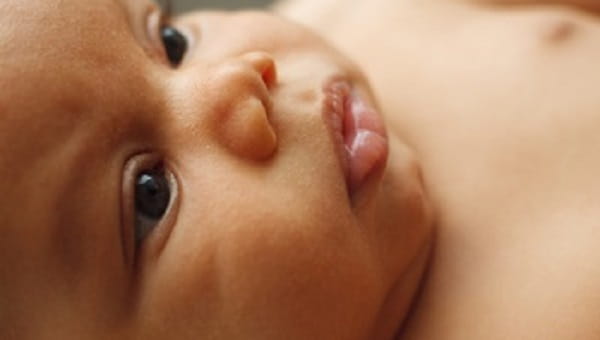You always want what’s best for your baby, especially when it comes to keeping him safe. Parents are often surprised to discover safety hazards they’d never noticed before, but that become very obvious when viewed through “new parent” eyes. Even so, there are lots of potential hazards that even the most careful parents often overlook.
Falls
More than 8,000 children go to the emergency room every year from injuries related to falls. Go through your home and look for accidents waiting to happen. Is your staircase blocked at both the top and bottom? Are the sides of your crib or bassinet tall enough to prevent an “escape?” Does your changing table have a safety strap—and do you use it? Is the changing table attached to the wall?
When you’re away from home, it can be even more of a challenge. If your car seat has a detachable carrier with a base, be sure that you always keep your baby strapped in and buckled up when carrying him around in it. If you put the carrier in a shopping cart at the grocery, don’t just snap it in place on the front toddler seat—it’s not meant for car seats, even though it will snap on quite conveniently. Either find a cart that has a special attachment for car seats (they do exist) or place the car seat in the main section of the shopping cart.
Living Room
Aside from the kitchen, the living room tends to be a high traffic area for your family. Be sure to take care of sharp corners on entertainment centers, coffee tables and furniture with covers. For any outlet that is not in use, use outlet caps and secure all extension cords and power strips.
Furniture
There has been an alarming uptick in tragedies involving furniture and televisions falling on young children. Failing to secure bookcases, chests and dressers to the wall could be a fatal mistake, especially once your baby starts to pull up and climb. TV sets should be mounted on the wall or securely fastened to the TV stand. Top heavy furniture should be attached to the wall by straps or screws.
Pets
Pets are great companions for kids. To be on the safe side, never leave your baby alone with a pet, and as he grows, teach him to be kind and gentle with animals.
Sleeping
If you buy a pre-loved crib, make sure it still meets federal safety standards, and measure the space between slats—these should be no more than 2-3/8 inches apart. Any wider, and there’s a risk of an arm or leg (or head) becoming trapped. At bedtime, place your baby on his back on a firm mattress, and avoid pillows, stuffed animals, blankets and other items that could be suffocation hazards.
Bath time
Babies have more trouble with temperature regulation than we do, so consider purchasing a bathtub thermometer—they come in cute shapes like rubber duckies or alligators. Before bathing your baby, check your primary water heater and make sure it is set below 120 degrees. This will prevent accidental burns from hot water. And, of course, at this age you should keep one hand on baby at all times when he’s in the bath.
Water
With so many pools and bodies of water nearby, it’s critical that you keep you baby safe from drowning. Babies can drown in just a few inches of water. Keep pool doors or gates locked, and never let baby out of your sight near water. Consider locks for all toilets and install pool alarms on doors that lead to your patio.




